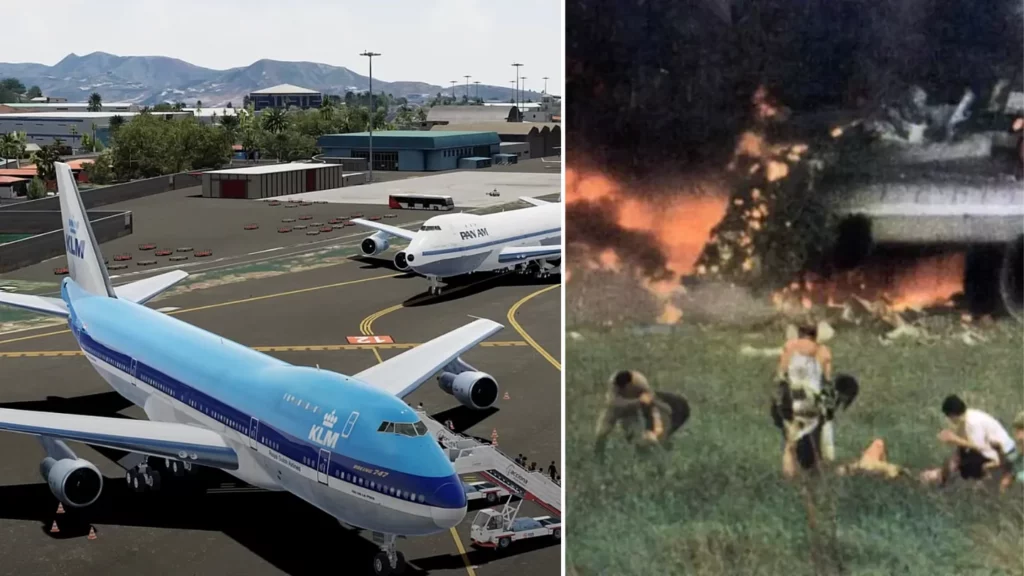The deadliest aviation tragedy in history occurred on a cloudy day in 1977 at Tenerife’s Los Rodeos Airport. A devastating crash resulted in the loss of 583 lives and led to significant changes in aviation protocols.
The circumstances surrounding the crash were marked by a series of unfortunate coincidences and mistakes made by individuals. Two Boeing 747 jumbo jets found themselves in an unexpected situation, as neither was scheduled to be at Tenerife on that particular day.
Following a terrorist bomb explosion at Gran Canaria’s Las Palmas Airport, both KLM Flight 4805 and Pan Am Flight 1736 were redirected to the small airport. An explosion resulted in injuries to eight individuals and led to the airport’s closure amid concerns of a potential second bomb.
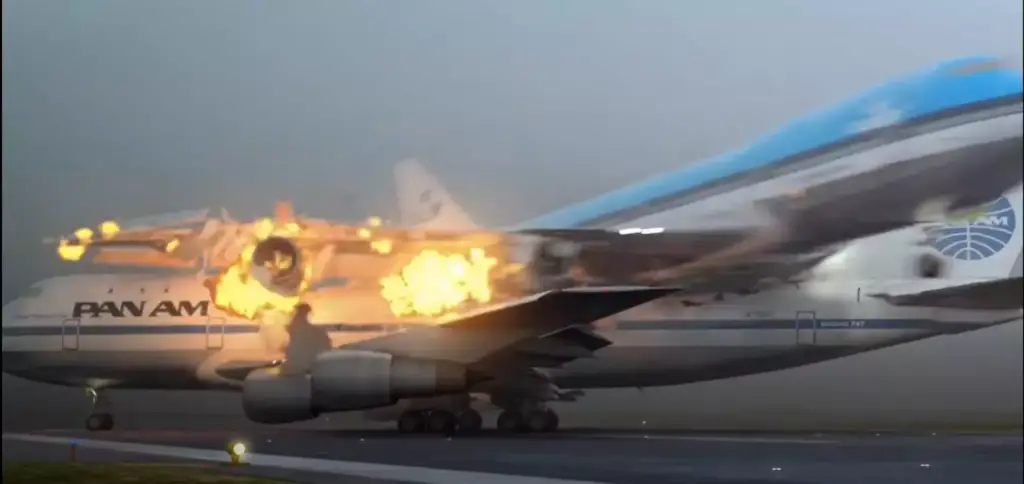
The unexpected rerouting resulted in a significant increase in air traffic at Los Rodeos, causing the airport to become overwhelmed. Both planes, with hundreds of passengers onboard, quickly found themselves in a foggy and tumultuous scenario that would lead to tragedy.
With the fog rolling in, visibility dropped significantly, forcing pilots to depend solely on air traffic control for guidance. Both flights were unable to spot each other while on the runway.
Within the cockpits, the atmosphere was charged with intensity. The Pan Am aircraft, carrying 396 passengers, was moving at a slow pace, trying to leave the runway as directed by air traffic control.
In the latest development, KLM Flight 4805, carrying 248 passengers, was getting ready for takeoff. A breakdown in communication between the KLM crew and air traffic control would lay the groundwork for a catastrophic event.
KLM’s Captain Jacob Veldhuyzen van Zanten, convinced he had received the go-ahead, accelerated down the runway. Nevertheless, Pan Am Flight 1736 remained on the same runway, obscured by the dense fog.
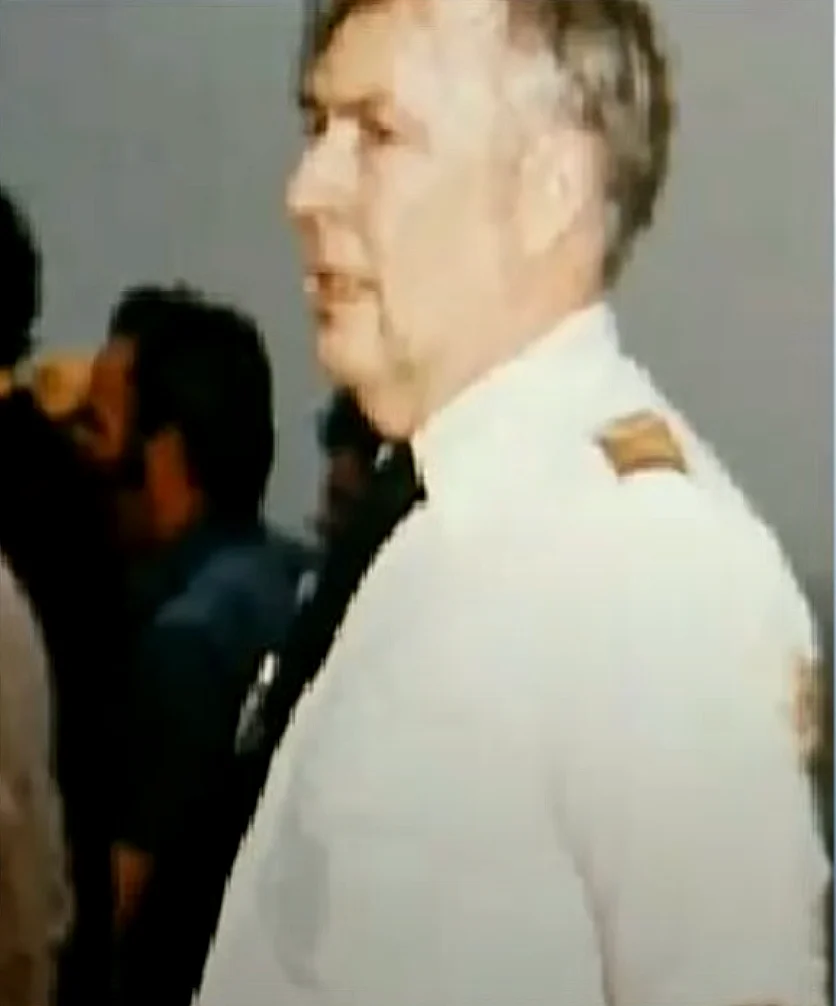
In a startling moment, Pan Am pilots Victor Grubbs and Robert Bragg caught sight of the KLM jumbo jet racing directly towards them. Grubbs exclaimed in alarm, “There he is!” Goddamn, that son of a b***h is coming!”
The Pan Am aircraft made a sudden maneuver to the side to steer clear of the KLM plane. However, the moment had passed—the KLM aircraft collided with the upper section of the Pan Am jet.
Survivors recounted the initial impact as a “soft boom.” Robert Bragg, Pan Am’s co-captain, later recalled, “I looked up for the fire control handles and noticed the top of the airplane was gone.”
The KLM aircraft experienced a brief period of flight before descending and ultimately crashing 500 feet down the runway. Both aircraft exploded in a tremendous blaze.
The destruction was swift and overwhelming. Tragically, all 248 individuals on KLM Flight 4805 lost their lives when the aircraft’s fuel tank ignited, resulting in a devastating fire.
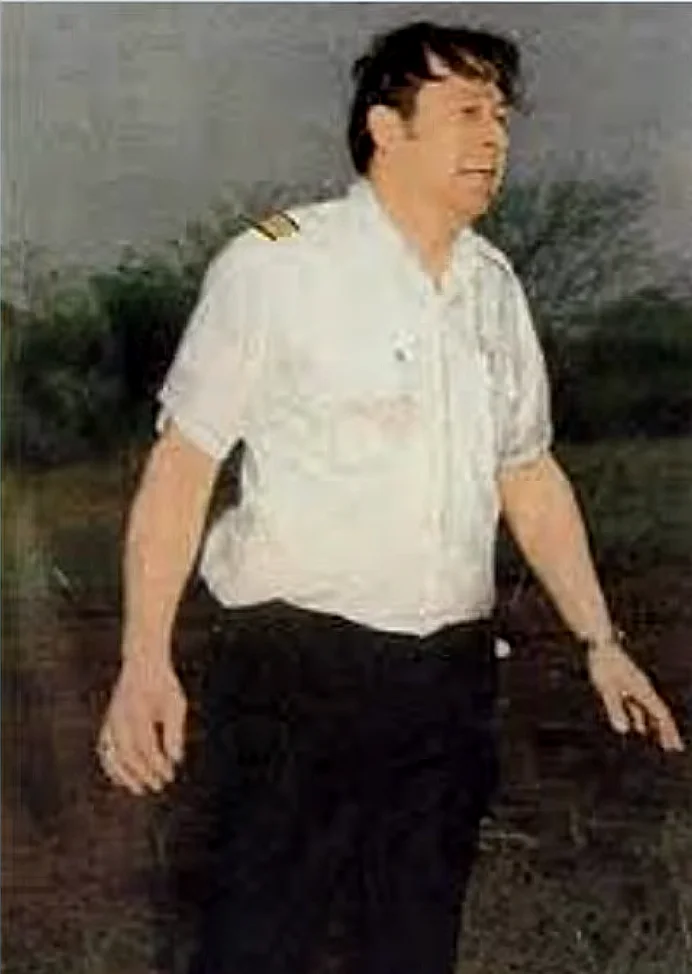
In a remarkable turn of events, 61 passengers from the Pan Am flight, along with the pilots, successfully escaped the blazing wreckage just moments before the fuel tank detonated. Flames erupted 250 feet into the sky as the aircraft were engulfed in flames.
The formal inquiry into the calamity uncovered a series of unfortunate occurrences. Adverse weather conditions, insufficient ground radar capabilities, and breakdowns in communication between air traffic control and the KLM team played significant roles.
One of the significant concerns was the confusion surrounding terms such as “okay” and “takeoff.” The KLM crew misunderstood the instructions from air traffic control, thinking they had received clearance when, in fact, they had not.
This catastrophe revealed a significant issue in the structure of cockpit authority. The co-pilot of KLM raised alarms regarding the takeoff clearance, yet was ultimately dismissed by the more experienced Captain van Zanten.
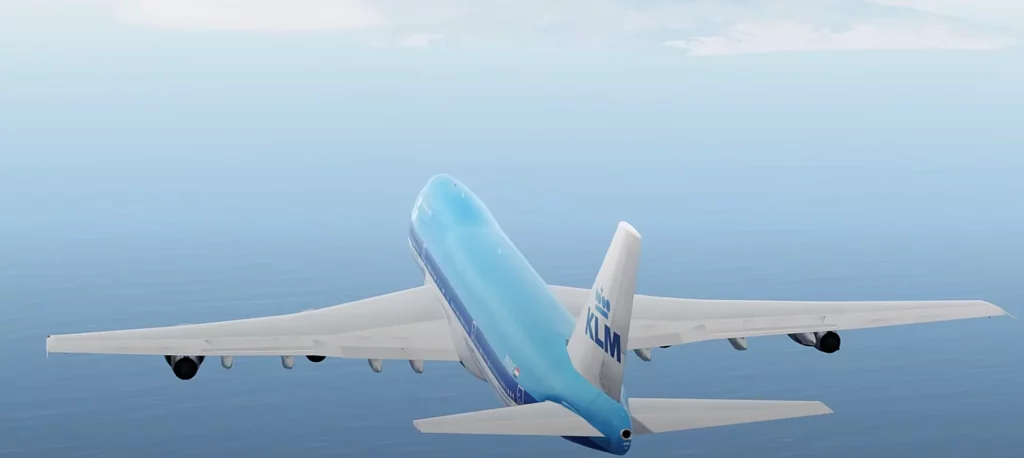
The inquiry resulted in significant alterations to aviation procedures. Crew Resource Management (CRM) was implemented, enabling every flight crew member to express concerns and engage in the decision-making process.
Furthermore, a standardized form of radiotelephony was introduced to avoid any potential miscommunications in the future. Airports around the globe have started to implement ground radar systems to enhance safety on runways.
The enhancements made to aviation safety were substantial, yet they incurred a hefty price tag. The Tenerife disaster stands as the most catastrophic air crash ever recorded, with the tragic loss of 583 lives continuing to cast a shadow over the aviation industry.
For almost fifty years, the recollections of that tragic day have lingered in the minds of both survivors and aviation specialists. It was a pivotal moment that transformed the landscape of air travel for good.
The tragic incident occurred when the KLM jet, still accelerating for takeoff, collided mid-air with the Pan Am plane. The calamity erupted in an instant, resulting in a tableau of unspeakable dread.
While the skies have seen improvements in safety, the crucial lessons from that tragic day in 1977 continue to hold significant importance. The Tenerife disaster serves as a somber reminder of the critical need for effective communication and heightened awareness in aviation.
Feature Image Credit: (YouTube/National Geographic/Air Crash Investigation)

